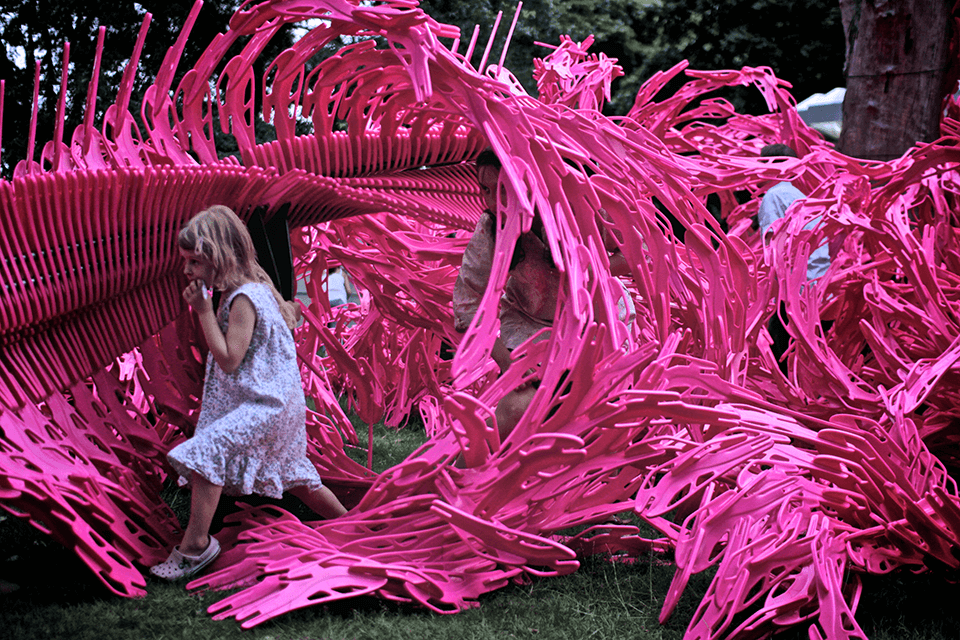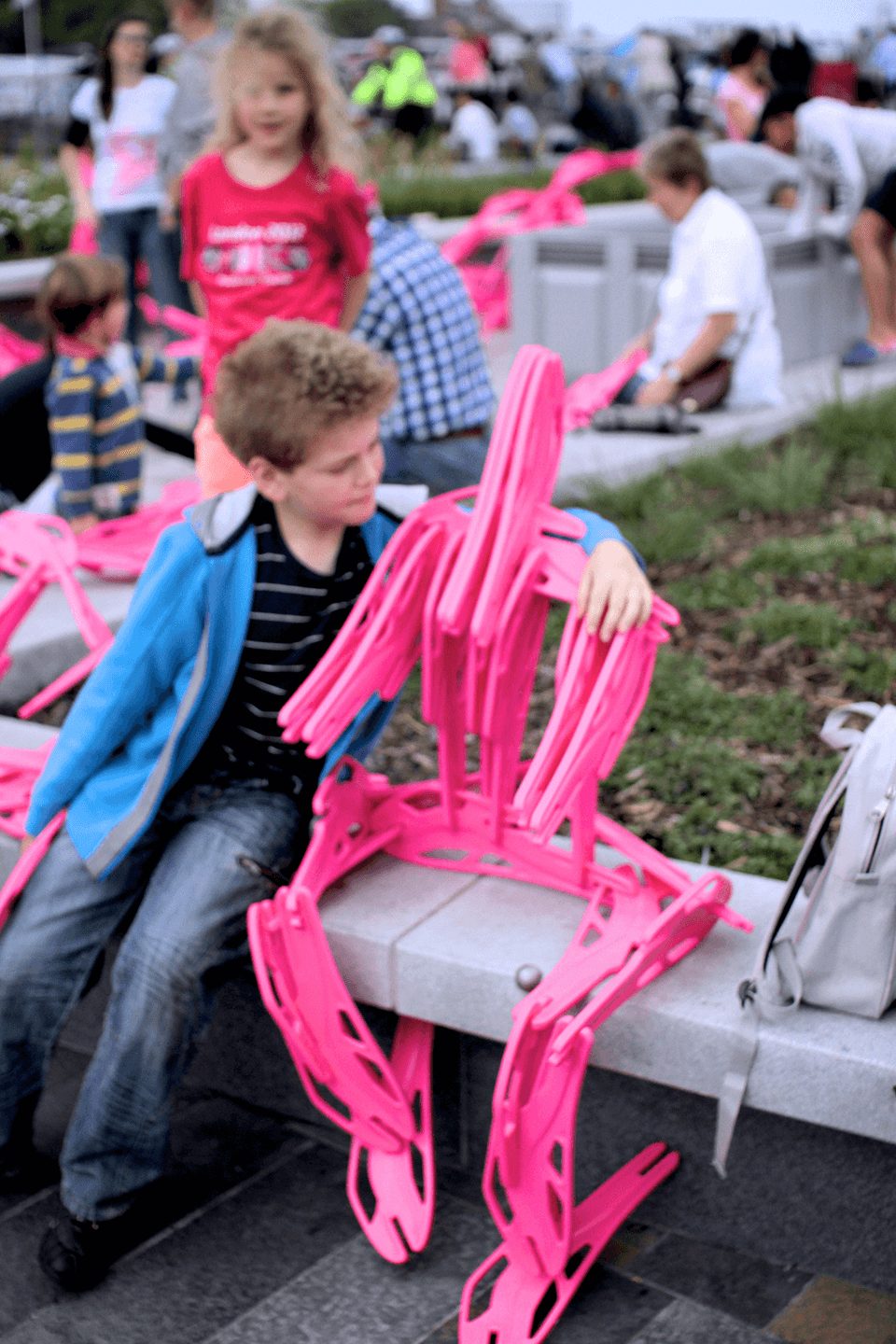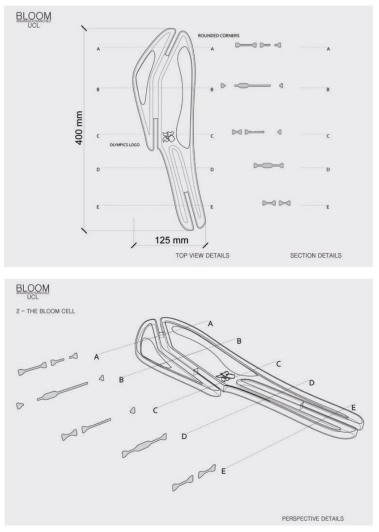created 2025-04-03, & modified, =this.modified
tags:y2025architectureart
rel: Parametrism in Architecture The Second Digital Turn - Design Beyond Intelligence by Mario Carpo
To celebrate the notion of the games and democratise it by turning spectators into participants, Bloom aimed to bring the phenomena of social networks and gaming culture to the physical environment of the city. It resonated gaming cultures, and collective building units found in physical toys such as Lego and Rubik’s Cube, video games such as Minecraft and World of Goo, and finally social networks such as Facebook and Twitter.

Conceptualised as an urban toy—a distributed social game and collective “gardening” experience - it sought to engage people into the culture of crowd-sourced design. At each location an initial pavilion or a larger structure was constructed to showcase the possibilities of the system. These acted as the main “portals” of the game, inviting interaction and participation. Visitors were able to manipulate the components, adding pieces to the initial structure to alter its form, or creating an entirely new ground sequences.

From the Design Document
- How can architecture be a social design experience for the user, with reference to game design and crowd-sourcing contexts?
- How can participatory design reflect “growth” and the notion of change/life found in gardening experience (rather than more deterministically controlled and fixed state of design)? How can universality and redundancy in a system allow for variability, diversification, and imaginative projections?
- How can a project develop under extreme pressures and volatile conditions?
- Which manufacturing method is most appropriate for high volumes of repetitive and light building blocks?

Software was used to create a geometric system based on the aggregation of components. It produces structurally stable formations.
The Bloom cell has three possible connection points. Through the asymmetry of their positions various types of spiraling connections emerge. Crucial to the cell design were the relationships of the vectors of connection, based on small variations from the shared axis, which result in gradual spiraling if the cells are accumulated consistently.
